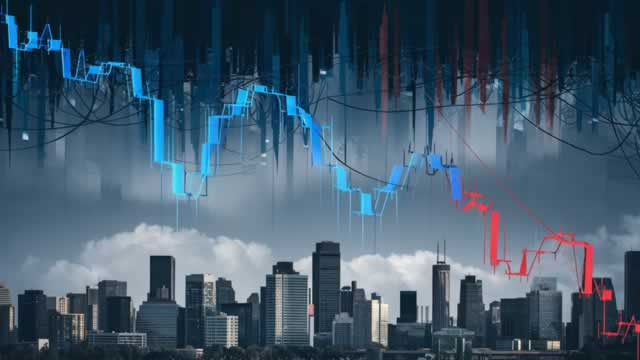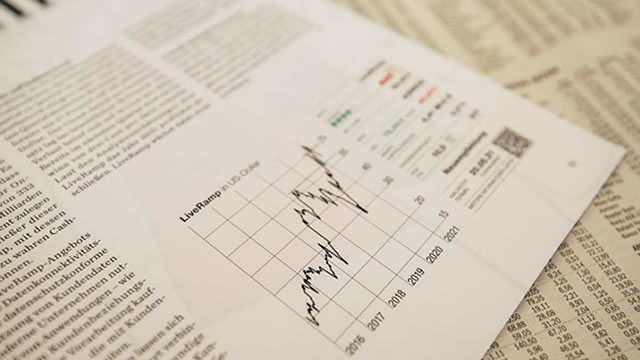The Ongoing Volatility: A Deep Dive into the Market’s Uncertainty
The financial markets have been experiencing a tumultuous ride over the past few days, with volatility continuing to ramp higher as selling action intensifies surrounding President Trump’s tariff policy. This uncertainty has left investors on edge, scrambling to make sense of the rapidly changing landscape.
Technical Analysis: Key Levels for the SPX
According to market analyst Kevin Green, the S&P 500 (SPX) is currently facing a significant test of support at the 4,800 level. This level, which coincides with the 200-day moving average, has historically acted as a strong floor for the index. If this level holds, the market may see a relief rally, potentially leading to a retest of resistance at the 5,000 mark.
The Impact on Individual Investors
For individual investors, the ongoing market volatility can be a source of significant stress and uncertainty. During times of market turmoil, it’s essential to remember that short-term market fluctuations are a normal part of the investing process. However, it’s also important to have a well-diversified portfolio and to avoid making hasty decisions based on fear or panic.
- Consider rebalancing your portfolio to ensure that your asset allocation remains aligned with your long-term investment objectives.
- Avoid making impulsive decisions based on short-term market movements. Instead, focus on your long-term investment strategy.
- Consider implementing a dollar-cost averaging strategy to take advantage of market downturns.
The Impact on the Global Economy
The ongoing trade tensions between the United States and its major trading partners, including China and the European Union, have the potential to significantly impact the global economy. According to economists, a prolonged trade war could lead to slower economic growth, higher inflation, and increased uncertainty for businesses and investors.
- Slower economic growth: Trade tensions could lead to a decrease in global trade, which could negatively impact economic growth.
- Higher inflation: Tariffs could lead to higher prices for consumers, as companies pass on the additional costs to consumers.
- Increased uncertainty: Trade tensions could create a climate of uncertainty for businesses and investors, making it more difficult to make long-term investment decisions.
Conclusion: Navigating the Volatility
The ongoing market volatility can be a challenging time for investors, but it’s essential to remember that short-term market fluctuations are a normal part of the investing process. By focusing on your long-term investment strategy, maintaining a well-diversified portfolio, and avoiding impulsive decisions based on fear or panic, you can navigate the uncertainty and come out on the other side stronger.
At the same time, it’s important to recognize that the ongoing trade tensions have the potential to significantly impact the global economy. While it’s impossible to predict the outcome of the trade war with certainty, it’s essential to stay informed and to be prepared for potential market developments.
As always, it’s important to consult with a financial professional for personalized advice and to make investment decisions that align with your unique financial situation and goals.





